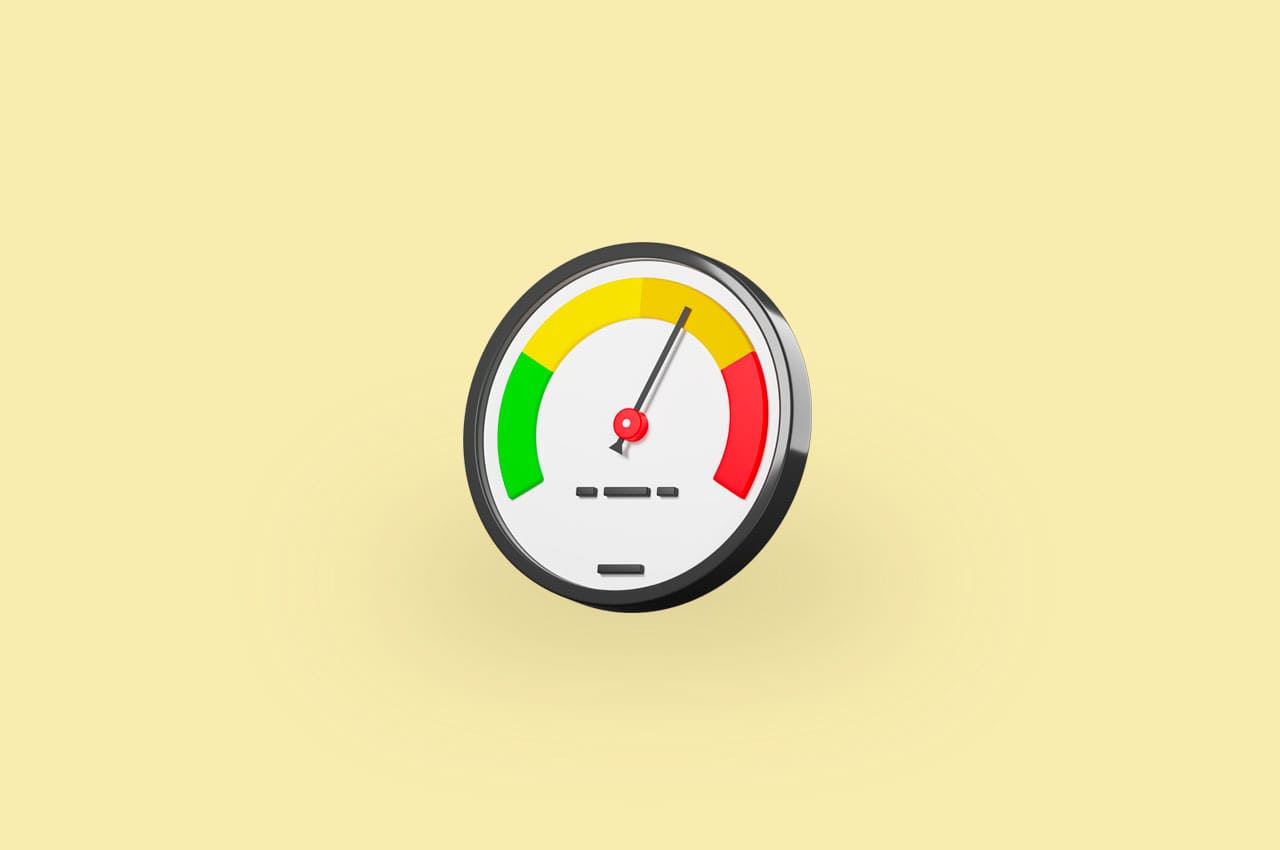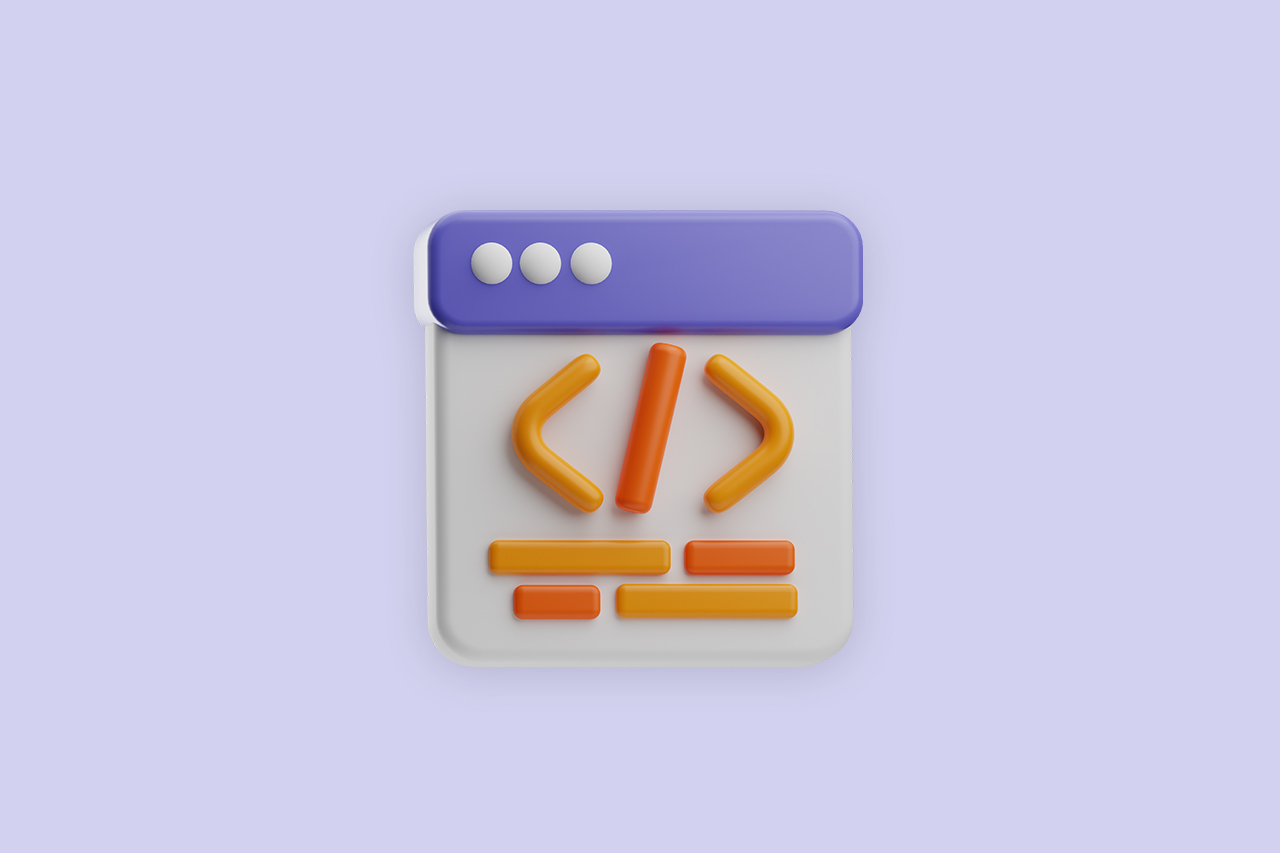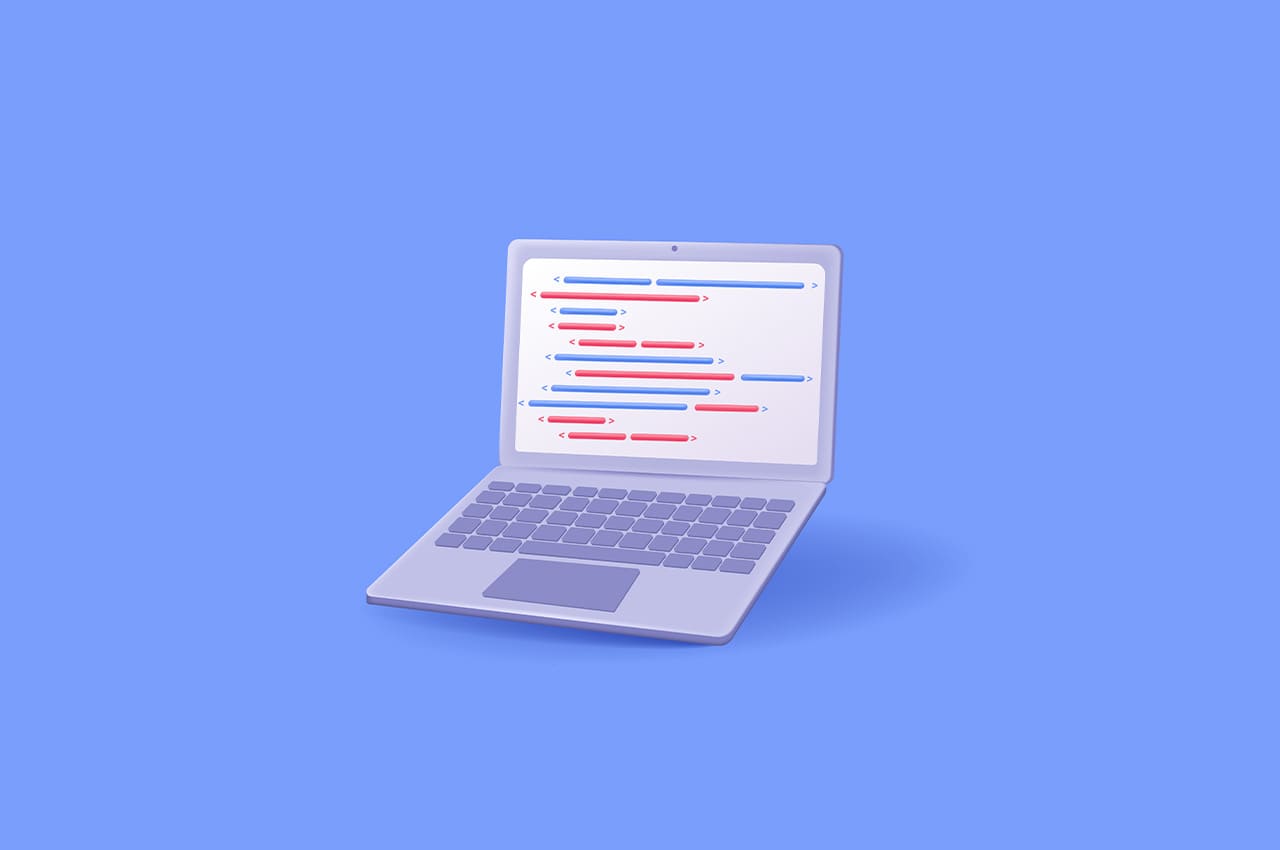How to Boost Django Performance with Caching Strategies in 2024

In the dynamic world of web development, optimizing the performance of your Django application is paramount. One powerful tool in your arsenal is caching. Caching involves storing frequently accessed data in a temporary storage space to reduce the time it takes to retrieve that data when requested again. In Django, implementing effective caching strategies can significantly boost your application’s performance. Let’s explore some caching strategies to turbocharge your Django app.
The Power of Effective Caching:
Django, out of the box, provides a robust caching framework, offering a range of backends such as in-memory caching, database caching, and distributed caching. The default configuration utilizes a simple local memory cache, but for real-world applications, the recommendation is often to embrace more scalable solutions like Memcached or Redis.
Understanding Caching in Django:
Django provides a robust caching framework that supports various backends, such as in-memory caching, database caching, and distributed caching. By default, Django uses a simple local memory cache, but for production applications, it’s often recommended to use a more scalable solution such as Memcached or Redis.
1. View-level Caching:
One of the simplest ways to implement caching is at the view level. Django allows you to cache the entire output of a view for a specified amount of time. This is particularly useful for views that display relatively static content. To implement view-level caching, you can use the cache_page decorator.
from django.views.decorators.cache import cache_page
@cache_page(60 * 15) # Cache for 15 minutes
def my_view(request):
# Your view logic here
This ensures that the output of my_view is cached for 15 minutes, reducing the processing time for subsequent requests.
2. Template Fragment Caching:
For more granular control, Django offers template fragment caching. This allows you to cache specific parts of a template rather than the entire page. Use the {% cache %} template tag to achieve this.
{% load cache %}
{% cache 600 my_cache_key %}
{% endcache %}
In this example, the content within the {% cache %} block is cached for 600 seconds. The my_cache_key is a unique identifier for this cache entry.
3. Low-level Caching:
Django’s caching framework also supports low-level caching using the cache module. This allows you to cache arbitrary data in your views or functions.
from django.core.cache import cache
def get_data_from_cache_or_database():
data = cache.get('my_data_key')
if data is None:
# Fetch data from the database
data = expensive_database_query()
# Cache the data for 1 hour
cache.set('my_data_key', data, 60 * 60)
return data
By checking the cache first, you avoid unnecessary database queries, significantly improving response times.
4. Cache Invalidation:
While caching can greatly improve performance, it’s essential to consider cache invalidation. Stale data can lead to inaccuracies in your application. Django provides tools for cache invalidation, such as using versioned cache keys or explicitly clearing the cache when data is updated.
from django.core.cache import cache
def update_data_in_database():
# Update data in the database
# Invalidate the cache
cache.delete('my_data_key')
By deleting the cache entry associated with my_data_key, the next request to fetch this data will trigger a database query, ensuring the cache is updated with the latest information.
5. Memcached/Redis for Scalability:
For high-traffic applications, consider using more robust caching backends like Memcached or Redis. These distributed caching systems allow you to share the cache among multiple server instances, providing scalability and resilience.
To use Memcached or Redis with Django, you’ll need to install the respective packages, configure your settings, and update your cache backend.
# settings.py
CACHES = {
'default': {
'BACKEND':'django.core.cache.backends.memcached.MemcachedCache',
'LOCATION': '127.0.0.1:11211',
}
}
Conclusion:
Caching is a powerful strategy for boosting the performance of your Django application. By strategically implementing caching at various levels, you can reduce response times, minimize database queries, and enhance the overall user experience. Experiment with different caching strategies, monitor your application’s performance, and fine-tune your caching setup to strike the right balance between speed and accuracy. Remember, effective caching is a dynamic process that evolves with the changing needs of your application.




